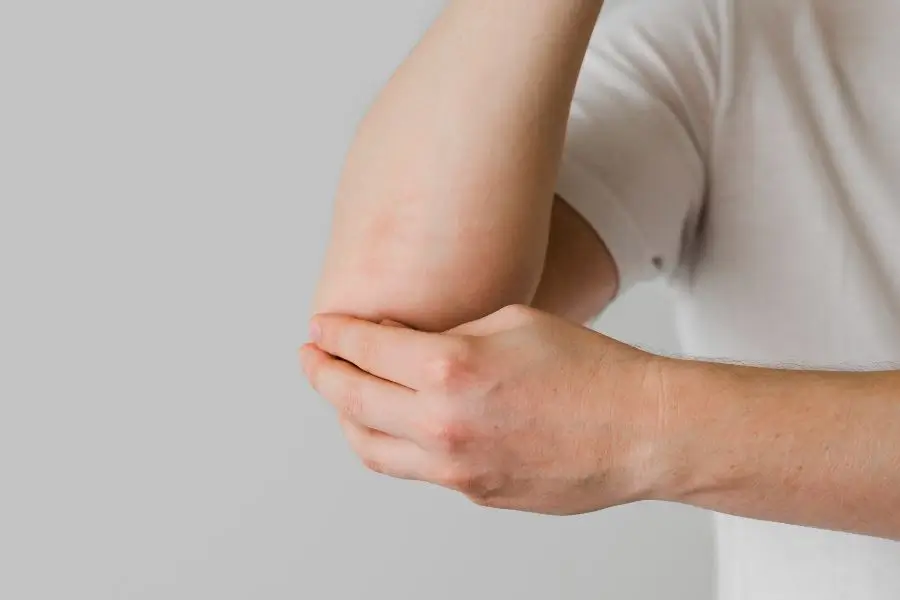Understanding Bursitis: Causes, Symptoms, and Treatment
As physiotherapists, we often hear the common complaint, “I have bursitis” as the reason for pain. Bursitis is often interpreted by people as a diagnosis and the sole cause of their problem. But bursitis is in fact not the sole reason for your pain; it is actually only a symptom, an indicator, that an area of your body is not moving as it should.
Bursitis means inflammation of a bursa. A bursa is a fluid-filled sac that acts as a lubricated interface for tendons and other structures in a joint to glide over bone smoothly when your body moves. Humans have over 150 bursae in their body protecting areas where structures would otherwise rub over bone and cause painful friction.
So what makes someone susceptible to inflammation of the bursa?
Often it can be due to:
- Increased muscle tightness
- Weakness of muscles
- Poor or altered posture
- Increased load on the structures that compress the bursa (Increase in the movement to that body part or direct fall onto area)
- Altered coordination of the muscles in that area
Bursitis is an indicator that one or more of these things is contributing to the area not moving as efficiently and therefore causing unwanted irritation to the bursa. In order to treat, reduce pain and ensure no re-occurrence of your bursitis, a trained physiotherapist is required to look at your joint and movement patterns to identify the likely cause/s.
Initial physiotherapy treatment usually involves decreasing inflammation of the bursa by using different modalities such as ice, anti-inflammatories, rest and gentle physiotherapy techniques. Sometimes it is indicated to try a corticosteroid injection guided by ultrasound to quickly reduce this inflammation and pain. However, this option does not treat the cause of the pain and reoccurrence is common if no further physiotherapy is undertaken afterwards.
Once the inflammation and pain have settled, treatment then turns to focus on strengthening weakness, reducing tightness and improving movement patterns in the affected joint. It is vital to correct these factors to ensure bursitis and pain does not return to the joint.
If you have recently been told by your doctor that you have bursitis and want quality treatment of this painful symptom, contact your local physiotherapist or give us a call today.
Thanks for reading!
Jessica Bates – Physiotherapist





